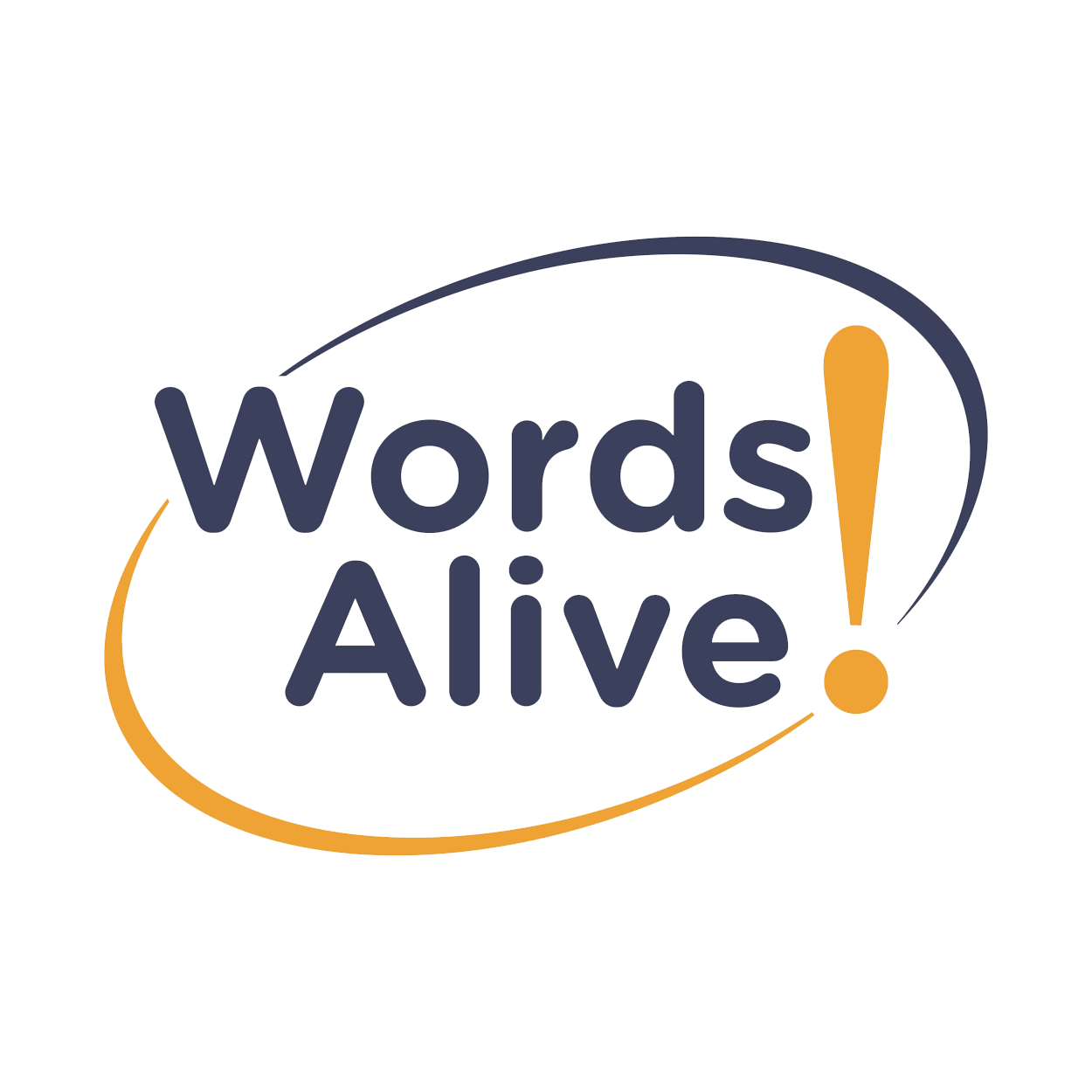By Jennifer Van Pelt
An image of two of our Read Aloud Program volunteers engaging with their preschool classroom.
90% of a child’s brain develops by age five. First Things First describes how during these first five years, higher-level abilities such as motivation, self-regulation, problem solving, and communication are formed, given that the right role models are in the child’s life. Role models can include parents, babysitters, teachers, and even volunteers -- anyone who has a regular and positive part of a child’s life.
The foundation of these relationships should be positive, nurturing, and equal. This two-way relationship is called a “serve and return” relationship because they are not one-directional but instead illicit mutual response and activity. The earliest signs of this can be a baby cooing or a toddler restlessly moving around -- these children are experiencing emotions and are trying to communicate, but are unable to at that point. It’s up to the guardian or caretaker to determine if they need a nap, an activity to do, or if they’re hungry.
The Center of the Developing Child at Harvard University notes that if an adult’s responses to a child are unreliable, inappropriate, or simply absent, the developing architecture of the brain may be disrupted and subsequent physical, mental, and emotional health may be impaired. By having positive influences who can respond to a child’s method of communication, children are active participants in the “serve and return” process. This network of different individuals in a child’s life (parents, caretakers, relatives, mentors, teachers) with different experiences, skills, and backgrounds all help to expand a child’s brain.
When it comes to teaching a child, it is more than teaching them right or wrong or the letters of the alphabet. Children pick up a lot of relationship cues from what others around them do, and sometimes copy them without intending to. Examples include how parents handle tense situations or how a babysitter might spend a majority of their time in front of a phone screen. An article published by the Ontario Ministry of Education discusses how all areas of child development are interconnected: emotions, language, and thinking. The emotion aspect comes from interaction between children and the important people in their lives. These series of relationships have the ability to affect how they interact with others and form their own relationships with people.
In an article about childhood brain development, Active For Life cited the fact that high quality and reliable relationships are key for children as they are developing. These relationships can come from a variety of different places, and Words Alive volunteers are one source of positive relationships for many children throughout San Diego. Our volunteers reliably show up to classrooms week after week, and model how joyful reading and learning can be through discussion, activities, and projects. We are proud to be recruiting volunteers that can be positive role models and a positive influence in the lives of these students. It’s even more gratifying knowing how important these positive relationships are for the children as they develop who they are and become active participants in our communities.
If you would like to donate or become a fundraiser to help us continue providing these high-quality programs and positive adult relationships to students, check out our Champions for Youth campaign that is running through January 27, 2019!
Sources:
https://www.firstthingsfirst.org/early-childhood-matters/brain-development/
https://developingchild.harvard.edu/science/key-concepts/serve-and-return/
https://activeforlife.com/relationships-important-to-childs-brain/
http://www.edu.gov.on.ca/childcare/clinton.pdf

